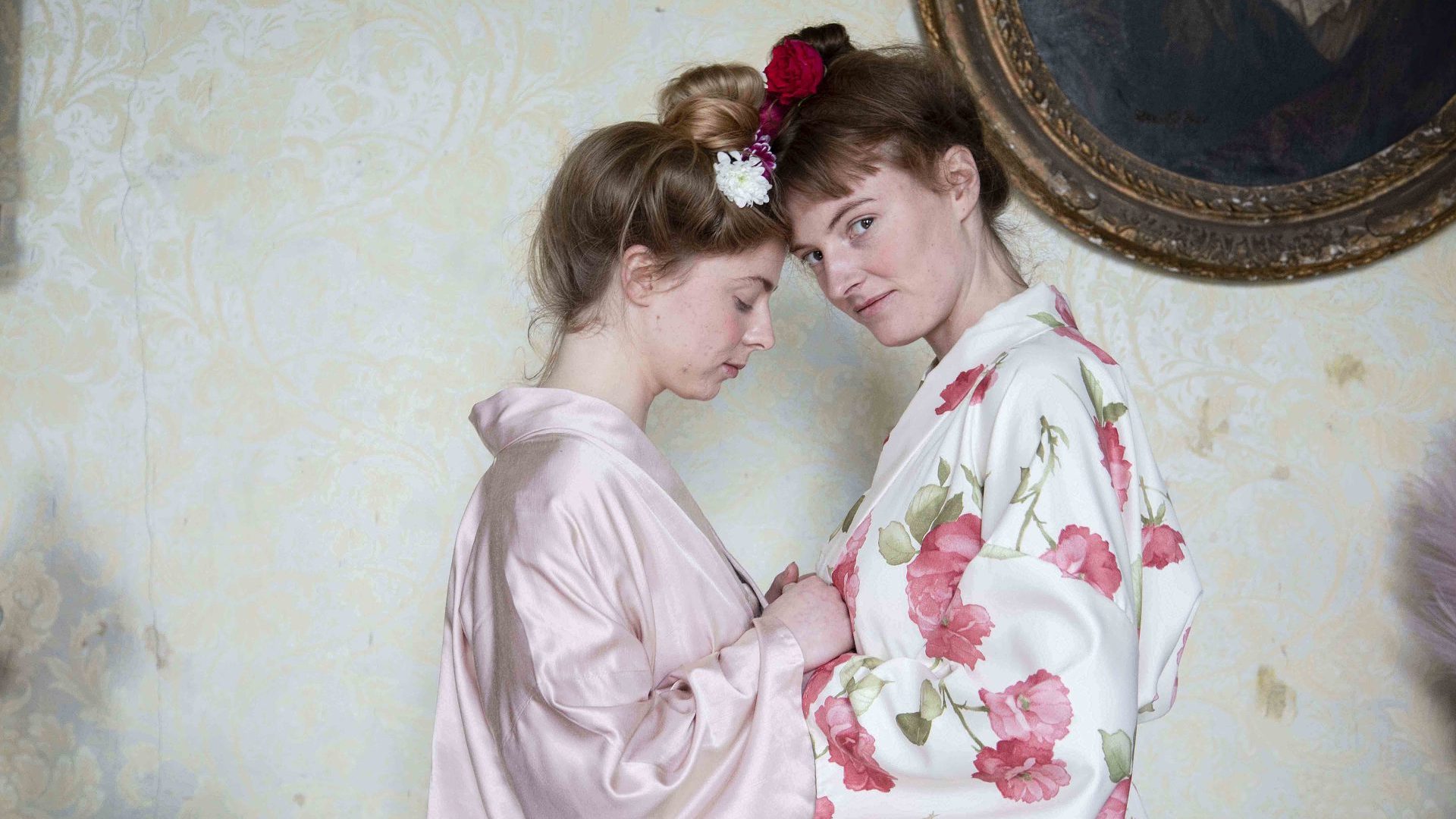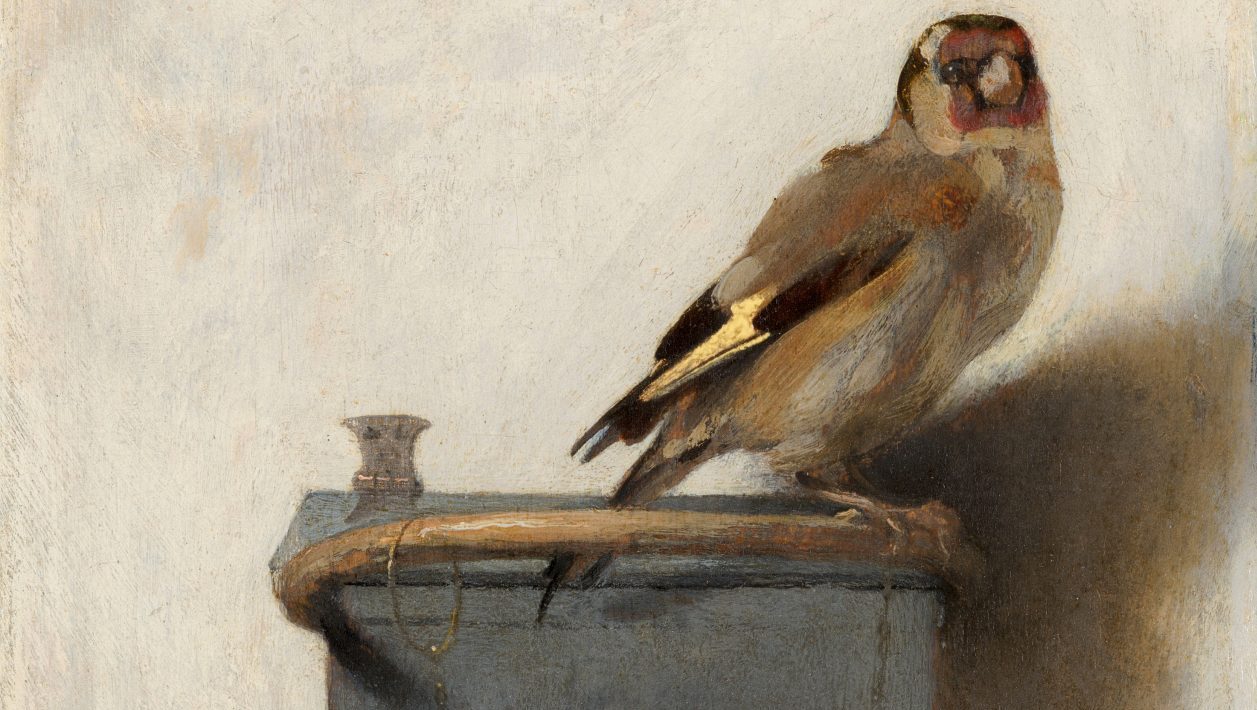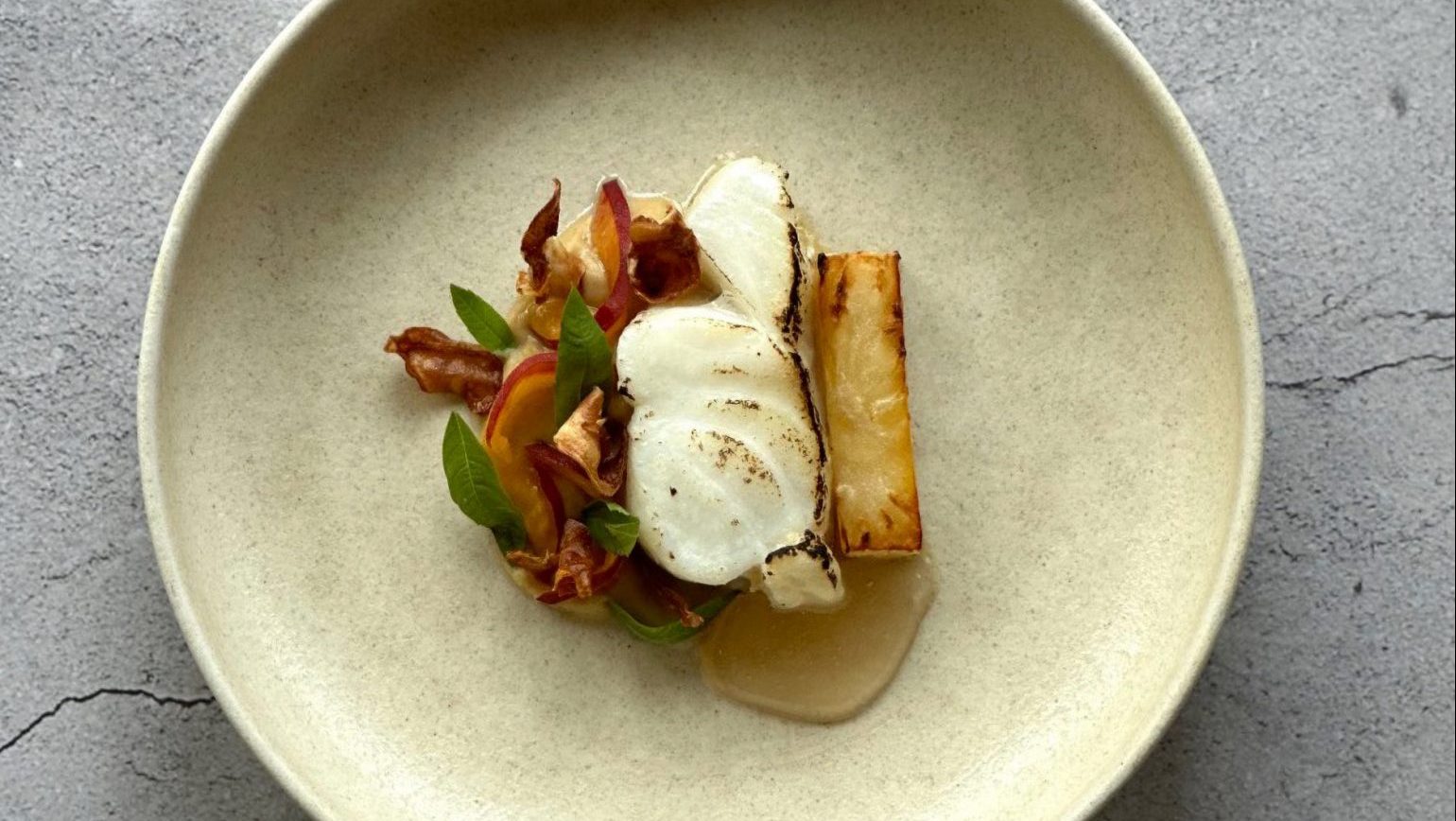Millions of words have been written and said about The Banshees of Inisherin since its release last autumn, and most of them were superlatives. But at Galway’s Film Fleadh earlier this month, I heard a new one to describe it: “Paddywackery”.
Martin McDonagh’s dark comedy was supported by many Irish people on its way to nine Oscar nominations, although Brendan Gleeson, Colin Farrell and Bafta-winning co-stars Barry Keoghan and Kerry Condon ended up empty-handed on the big night. But in Ireland, there was also a divisiveness about the film’s folksy vernacular and use of cliches, from fiddles to donkeys. One complaint to the Irish Film Classification Office, which made national news, described its portrayal of Inisherin’s “moronic” residents as “extremely offensive”.
Whichever side of the divide you were on – reviewing it here, I praised a “bleakly funny and almost inevitably sad” movie while noting its embrace of Oirishness and stereotypes – Inisherin has unquestionably helped raise Irish cinema to the biggest global presence in its history. Normal People star Paul Mescal was another Irish Oscar nominee for Aftersun and let’s not forget the winning short film An Irish Goodbye.
But what is likely to turn out to be the most significant Irish film of its time is not Inisherin but The Quiet Girl (An Cailín Ciúin), a groundbreaking success that became the first film in the Irish language to ever be nominated in the International Film category.
So there was undoubtedly a buzzing pride at the Fleadh, a gathering of home and international film talent on Ireland’s west coast, where the islands that fuelled McDonagh’s fictional Inisherin loom just a short ferry ride away through the thick clouds of rain and Aran jumper shops.
Irish cinema’s ascendance was the showcase and the conversation, with the rise in Irish-language film particularly eye and ear-catching, as if Galway was determined to show The Quiet Girl has made considerable noise and should not remain a one-off success story. Indeed, this year’s Fleadh boasted 34 Irish films in its programme, including 20 world premieres.
“We’re sure it’s just the springboard for much more,” enthuses Máire Ni Chonláin, senior commissioner at TG4, the public broadcaster driving a revival of Irish language filmmaking through its Cine4 initiative. “You can call it ‘The Quiet Girl effect’, yes. That film brought generations of people into the cinema who hadn’t been for many years, and they saw it three, four, five times, taking their friends and parents and grandparents. We had so many stories of people crying just to hear their language being spoken again in such a dramatic way, to see it ennobled on the big screen.”
The Quiet Girl, about a nine-year-old girl who finds a new way of living when she is sent to spend summer with relatives on a dairy farm in rural Ireland while her impoverished mother gives birth, ran for 53 weeks in several Irish cinemas. Its record-breaking theatrical run has only just come to an end. At the same time, the importance and power of minority-language cinema is coming to the fore around Europe, although nowhere more so than in Ireland, where even just speaking the language has long been a political and social statement.
“For years it was considered a rural tongue, its speakers looked down upon, as if they weren’t educated,” says Máire. “But now it’s hip to speak it and my own generation are increasingly ashamed of our lack of it, how we abandoned it after school.”
She points out the increasing attendance in Irish-language schools and the extraordinary uptake in online Irish lessons inspired by The Quiet Girl and by Mescal’s use of Irish in a red carpet interview at the Baftas, a clip that went proudly viral around Ireland.
Illustrating the language’s current hipness at Galway last week was a beautiful black and white hip-hop documentary, Ó Bhéal, directed by Dublin-based filmmaker Ciara Nic Chormaic. Her film focused on four young artists whose rapping and lyrics draws on the rich tradition of Sean-nós (“old style” Irish singing, often a cappella) and poetry and samples of traditional instruments, including the footstep sounds of Irish dancing.
The film focuses on four rising stars: Seán “Mory” Ó Muirgheasa, Oisín Mac, Irish-west African multi-instrumentalist Fehdah and Limerick rapper Strange Boy (who doesn’t rap in Irish as such, but whose accent is so thick as to create a sound and poetic flow quite unlike anything I’ve ever heard – in the screening I attended, one of his performances, shot in a Limerick pub, earned a spontaneous round of applause in the middle of the film). He’s a star.
Another Irish language success story at the Fleadh was a documentary called Croíthe Radacacha (Radical Hearts), the work of filmmaker Ciara Hyland, which held its audience rapt. A chap in front of me looked around the main screening room at the Palas cinema in amazement. “I can’t believe there’s so many people here on a Saturday morning for an Irish-language history documentary about lesbians,” he laughed.
But there they all were, and they loved it, enthralled by the retelling of an ignored – probably deliberately erased – history that tied together the stories of several radical, activist women, clearly in same-sex relationships, who helped bring about the Irish Revolution and played roles in the Easter Rising in 1916. Although almost as taboo as their lesbianism, they too would use the Irish language as a form of activism, joining the Gaelic League among their many committees and protests such as Suffragism and Vegetarianism.
The secret lives and loves of many of these women would, you feel, make fine dramatic biopics of their own – characters such as Margaret Skinnider, rebel, trade unionist and sharpshooter and the only woman wounded during the 1916 Rising; and Constance Markievicz who, while jailed in Holloway, became the first woman elected to the UK House of Commons, and then the first Irish female cabinet minister.
Based on research by historian Professor Mary McAuliffe, who also provides plenty of lucid “talking head” narration, the film examines expunged or redacted gay history as much as political history, and the difficulty of conducting such research when many documents have been deliberately destroyed, if ever the love between these women dared speak its name at all. Professor McAuliffe likened this abundant feminist activism of 100 years ago to the current wave of youthful activists on climate change, same-sex and abortion legislation and veganism.
According to its director Hyland, the film’s use of the Irish language throughout is also a political act, voicing stories that have never been told in that vernacular before, certainly not on film for a wide audience.
Both documentaries benefited from financing from Cine4, the production fund behind The Quiet Girl and which, after an initial five applicants have received up to €25,000 in development funding, provides support for two successful entrants each year to become feature films, each with a budget of €1.2m.
The initiative, now bearing such successful fruit, was the brainchild of TG4 director general Alan Esslemont, who believes in giving those winning features a festival life and theatrical release before their broadcast on his channel. At Galway last week, Esslemont declared his continued commitment to gender equality and language equality in Ireland, announcing a new partnership with Women in Film and Television Ireland.
For the Fleadh’s director of programming, Maeve McGrath, language is crucial and formed a cornerstone of this, her first year of curation at the 35-year-old festival. “It’s a very important part of who we are,” she says. “Irish language is popping up everywhere, the culmination of a few years of cultural shift and I want to show that on the screen. The more we reflect it in cinema, the more people see themselves reflected, and the more proud of our heritage we get. Irish language is a vital form of representation for us.”
I saw a documentary about Irish sculptor John Behan, whose work was new to me but which tapped into deep stories of migration with his haunting pieces depicting the famine boats of Ireland’s deeply foundational 19th-century exodus, but drawing parallels to the current migrant crisis in the Mediterranean.
Then, on another note, was Patricia Kelly’s vibrant Irish drama Verdigris, not in the Irish language but nevertheless a fine canvas for acting talents Geraldine McAlinden and Maya O’Shea as a retired middle-class legal secretary having a life crisis and striking up an unlikely friendship with a teenage sex worker called Jewel.
I didn’t see Apocalypse Clown, which won the festival’s Best Irish Film award but, judging from the buzz in the bars and at the festival’s late-night hangout The Rowing Club (I saw no rowing, only drinking there) it’s a raucous comedy well worth watching out for.
Instead, I was attending the world premiere of Jericho Ridge, the debut feature of Will Gilbey, also clearly a directing talent to watch for his taut command of action in this expertly paced survivalist thriller, boasting a tremendous, powerhouse performance from Nikki Amuka-Bird as a night despatch operator under siege in a remote sheriff’s office.
Another impressive presence at the festival was Carol Morley, the British auteur behind Dreams of a Life and The Falling, in Galway with her latest feature Typist Artist Pirate King, about the forgotten – indeed barely recognised – artist Audrey Amiss. Audrey is played by Monica Dolan (yet another in a growing list of remarkable performances from her) on a road trip alongside her nurse, charmingly played by Kelly McDonald. There is wonderfully warm work from Gina McKee here, too, as Audrey’s sister.
As one of Europe’s fastest-growing production hubs and with a healthy uptake in reviving the native tongue, the appetite for the next big thing in Irish film is huge. There were numerous panels and pitching sessions in the Galmont Hotel, and an acting masterclass from Matthew Modine, who had to withdraw from the scheduled post-screening Q&A of his film The Martini Shot as the SAG-AFTRA strike kicked in.
There was also a notably hefty presence from UK and international distributors and producers, all on the lookout for projects, demonstrating that while Inisherin’s banshees may have stopped singing, “The Quiet Girl effect” is in full and noisy swing and that the language of cinema still talks loud around the world.




